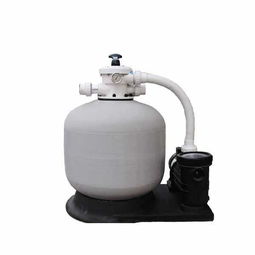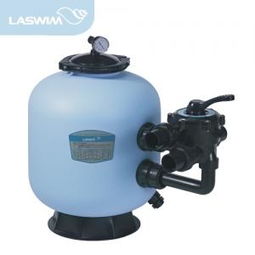Pool Sand for Filter: A Comprehensive Guide
When it comes to maintaining a clean and healthy pool, the right filtration system is crucial. One of the most popular and effective methods is using pool sand for filtration. In this article, we will delve into the details of pool sand for filter, exploring its benefits, installation process, maintenance, and more.
Understanding Pool Sand for Filter

Pool sand for filter is a type of filtration media that is commonly used in pool filtration systems. It consists of fine-grained sand that is placed in a filter tank, where it traps dirt, debris, and other impurities from the pool water. The sand acts as a physical barrier, allowing clean water to pass through while retaining the contaminants.
Pool sand is typically made from quartz, a durable and non-reactive material that is resistant to chemicals and temperature changes. This makes it an ideal choice for pool filtration systems, as it can withstand the harsh conditions of pool water over time.
Benefits of Pool Sand for Filter

There are several benefits to using pool sand for filter in your pool filtration system:
-
Effective Filtration: Pool sand has a high surface area, which allows it to trap a large amount of dirt and debris. This ensures that your pool water remains clean and clear, providing a comfortable swimming environment.
-
Longevity: High-quality pool sand can last for many years, making it a cost-effective solution for pool filtration. It is also resistant to chemicals and temperature changes, which means it will not degrade over time.
-
Easy Maintenance: Pool sand is easy to clean and maintain. Simply backwashing the filter tank periodically will remove the trapped debris and keep the sand in good condition.
-
Cost-Effective: Pool sand is a relatively inexpensive filtration media compared to other options, such as cartridge or diatomaceous earth filters. This makes it an affordable choice for pool owners looking to upgrade their filtration system.
Choosing the Right Pool Sand

Selecting the right pool sand for filter is essential for optimal performance. Here are some factors to consider when choosing pool sand:
-
Size: The size of the sand particles is crucial for effective filtration. Pool sand typically ranges in size from 0.15 to 0.35 millimeters. A finer sand size will provide better filtration, but it may require more frequent backwashing.
-
Grade: Pool sand is available in different grades, which indicate the purity and quality of the sand. Higher-grade sand contains fewer impurities and will provide better filtration. Look for pool sand with a grade of 20/40 or higher.
-
Brand: Choose a reputable brand of pool sand to ensure you are getting a high-quality product. Some popular brands include Hayward, Pentair, and Jandy.
Installing Pool Sand for Filter
Installing pool sand for filter involves several steps:
-
Prepare the Filter Tank: Ensure that the filter tank is clean and dry. Remove any old sand and rinse the tank thoroughly.
-
Measure the Sand: Determine the amount of sand needed for your filter tank. The general rule of thumb is to use 1.5 to 2 cubic feet of sand per square foot of filter tank surface area.
-
Layer the Sand: Begin by adding a layer of sand to the bottom of the tank, ensuring it is evenly distributed. Then, add another layer and repeat until the desired height is reached.
-
Backwash the System: Once the sand is in place, backwash the system to remove any loose particles and ensure proper operation.
Maintaining Pool Sand for Filter
Maintaining your pool sand for filter is essential for optimal performance and longevity. Here are some tips for maintaining your pool sand filter:
-
Backwash Regularly: Backwash your filter tank every 2-4 weeks, or as recommended by the manufacturer. This will remove trapped debris and keep the sand in good condition.
-
Check Water Levels: Regularly check the water levels in your pool and filter tank. Adjust the water levels as needed to ensure proper operation.
-
Monitor Filtration Performance: Keep an eye on your pool’s water clarity and filtration performance. If you











